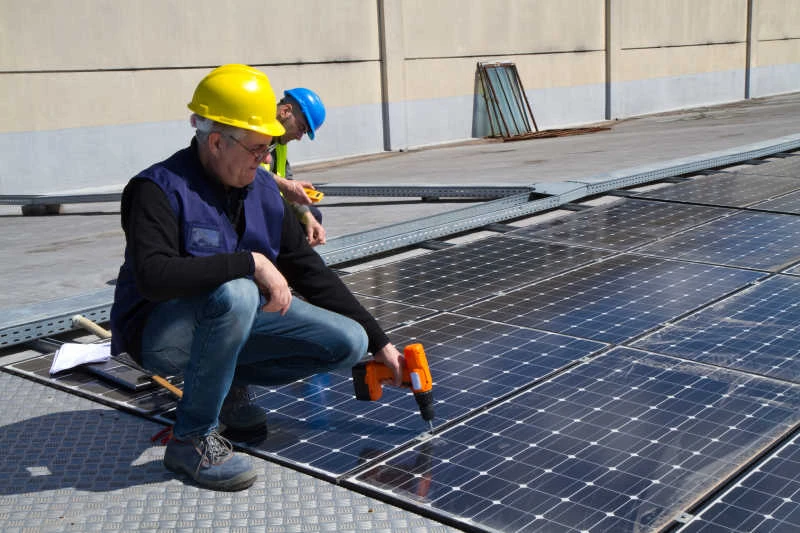Understanding Solar Panel Efficiency Metrics for Optimal Space Utilization and Power Generation
The Efficiency of Solar Panels per Square Meter A Comprehensive Overview
As the world increasingly turns to renewable energy sources, solar power stands out as a leading solution in the fight against climate change. Solar panels, or photovoltaic (PV) systems, convert sunlight into electricity, offering a clean, sustainable power source. However, one of the critical factors influencing the adoption of solar energy is the efficiency of solar panels, particularly measured per square meter. This article delves into the various aspects of solar panel efficiency that impact their performance and viability.
Understanding Solar Panel Efficiency
Solar panel efficiency refers to the percentage of sunlight that a solar panel can convert into usable electricity. For example, if a solar panel has an efficiency of 20%, it converts 20% of the solar energy it receives into electrical energy, while the remaining 80% is lost in the form of heat or reflection. This efficiency rate is crucial in determining how much energy can be generated from a given area of solar panels, making it an essential metric for evaluating solar energy systems.
Types of Solar Panels and Their Efficiency
There are mainly three types of solar panels monocrystalline, polycrystalline, and thin-film. Each type has a different efficiency and cost profile.
1. Monocrystalline Solar Panels These panels are made from a single crystal structure and generally offer the highest efficiency rates, ranging from 15% to 22% or even higher in some models. They are known for their space-saving attributes, making them ideal for residential installations where roof space is limited.
2. Polycrystalline Solar Panels Composed of multiple crystal structures, these panels are slightly less efficient, typically between 13% and 17%. While they are usually less expensive than monocrystalline panels, they require more space to produce the same amount of electricity, making them less suitable for locations with limited installation areas.
3. Thin-Film Solar Panels These panels have the lowest efficiency ratings, usually ranging from 10% to 12%. However, they are lightweight and flexible, allowing for innovative installation options on various surfaces. Thin-film technology continues to evolve, and as manufacturing processes improve, their efficiency may increase in the future.
Factors Influencing Efficiency
solar panel efficiency per square meter

Several factors can affect the efficiency of solar panels per square meter
- Temperature Solar panels perform best at lower temperatures. High heat can reduce their efficiency, leading to lower energy production. Therefore, understanding local climate conditions is crucial for optimizing solar systems.
- Angle and Orientation The angle at which solar panels are installed impacts their exposure to sunlight. Panels optimized for a specific geographical location's sun path will perform better than those poorly oriented.
- Shading Even partial shading can significantly affect the output of solar panels. It’s essential to ensure that installations are free from obstructions like trees or buildings that might cast shadows on the panels.
- Quality of Materials The materials used in constructing solar panels can influence their efficiency and longevity. Higher-quality components tend to yield better performance, providing more power per square meter over time.
Future Trends in Solar Panel Efficiency
Research and development in solar technology are ongoing, with innovations consistently emerging to enhance efficiency. Bifacial panels, which capture sunlight on both sides, and advancements in perovskite solar cells show promising potential for significantly increasing efficiency levels beyond current standards.
Moreover, integrating solar technologies with energy storage solutions will improve the overall usability of solar power, providing a more stable and reliable energy supply. As efficiency increases and costs decrease, solar energy is becoming an increasingly attractive option for both residential and commercial applications.
Conclusion
As we navigate the path toward sustainable energy solutions, understanding solar panel efficiency per square meter is vital. This efficiency not only influences energy production and installation costs but also plays a significant role in the broader adoption of solar technology. With ongoing innovations and a growing emphasis on renewable energy, solar panels represent a transformative opportunity for energy production in the 21st century, enabling a cleaner and more sustainable future.
-
Unlocking Energy Freedom with the Off Grid Solar InverterNewsJun.06,2025
-
Unlock More Solar Power with a High-Efficiency Bifacial Solar PanelNewsJun.06,2025
-
Power Your Future with High-Efficiency Monocrystalline Solar PanelsNewsJun.06,2025
-
Next-Gen Solar Power Starts with Micro Solar InvertersNewsJun.06,2025
-
Harnessing Peak Efficiency with the On Grid Solar InverterNewsJun.06,2025
-
Discover Unmatched Efficiency with the Latest String Solar InverterNewsJun.06,2025







